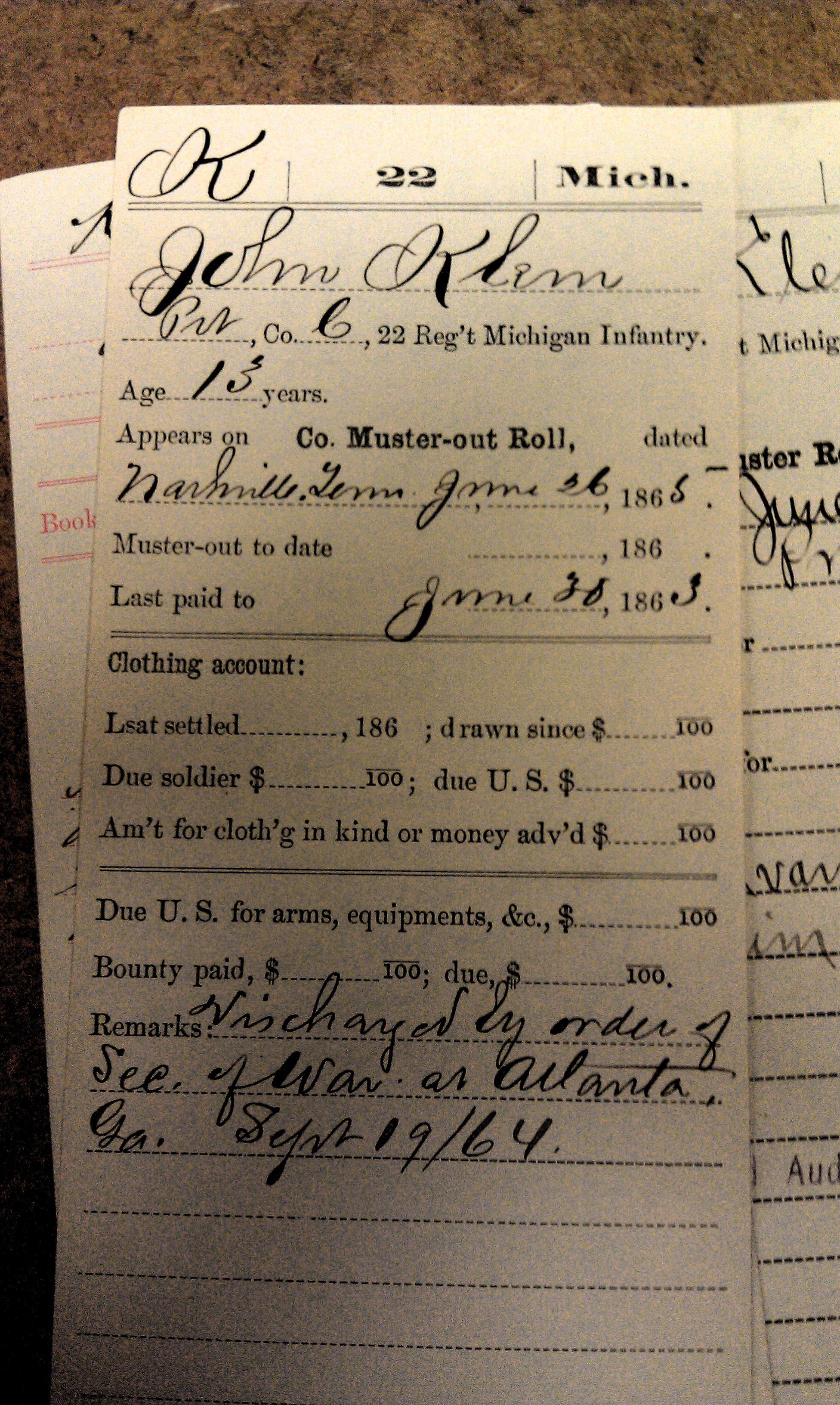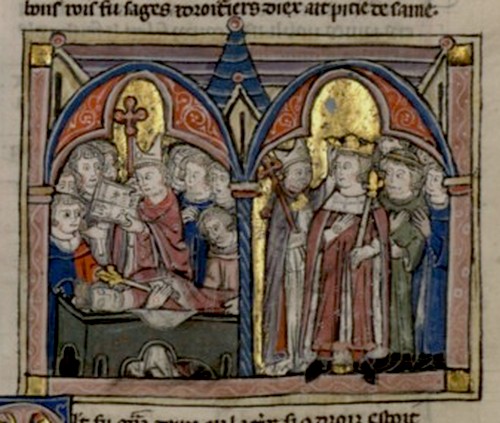 |
| Aleister Crowley |
Aleister Crowley was born on October 12, 1875 in Leamington, Warwickshire, England. His given name was Edward Alexander Crowley. His father was a wealthy brewer. Both of his parents were staunch Puritans. They viewed sex as a one of the worst sins. How they had children with this view is anyone's guess.
Aleister rebelled against his parents' beliefs for most of his life. His behavior led to his mother referring to him as 'the Beast.' It appears that she truly believed that her son was the antichrist. It is quite possible that his mother's religious beliefs coupled with her name-calling attributed to Aleister's grandiose and boastful nature. Aleister obviously believed himself to be a powerful dark force as an adult. Furthermore, his rebellion against his parents' views regarding sex led him to be an overtly sexual person, some might say to a fault.
Aleister's father died when he was 11 years old. That same year, Aleister supposedly tortured and killed his own cat. There have been rumors of other, more horrible things regarding Aleister's actions as a child. However, hardly anything can be substantiated, including acts mentioned by Crowley himself in his autobiography. We do know that Edward changed his name to Aleister, so as not to have the same first name as is father. We also know that he lost his virginity at a very young age. Rumor has it that he was 14-years old and that it was with a servant girl.
As a boy, Aleister was forced to attend religious schools. In 1892, Aleister Crowley went away to study in Malvern. He reportedly engaged in some sort of shocking homosexual act at that time. He then went on to Tonbridge, were he supposedly contracted gonorrhea from a prostitute. He went to college at Cambridge. There, instead of a sexually transmitted disease, he picked up a love for mountain climbing and the occult. At the age of 21, he inherited his father's money and was able to start traveling, which he continued to do for most of his life.
In 1898, Aleister Crowley joined the Hermetic Order of the Golden Dawn. This order was dedicated to 'white magic.' Aleister was thrown out of the order in 1900. He later claimed that he got into a magical battle with some of the other members, during which his coat caught on fire. Other famous authors of the time were supposedly members of the order. However, only one or two of these names has been confirmed as members, one being William Butler Yeats.
After Crowley's altercation with the Golden Dawn, he spent some time abroad. In 1903, he married a woman named Rose Kelly. Together the couple had two children, one of whiom died at the age of two. In 1904, the couple was vacationing in Egypt. While there, Rose claimed to have a vision of sorts, immediately after which Aleister claimed to have a vision of his own. Aleister's lasted for days while he wrote what would become "The Book of Law" (just one of numerous books penned by Crowley). The following year, he went on a mountaineering expedition in the Himalayas, which ended in death for some of his companions. From there, he went to Canada and the United States. His first daughter died of typhus while he was away.
In 1907, Aleister Crowley founded a magical order known as the Argentium Astrum. Two years later, he divorced his first wife. He reportedly began a relationship with Victor Neuberg around the same time. Three years after that, he joined the Order of the Eastern Templars. It was around this time that he supposedly began experimenting with ritual sex magic. He was known to have casual sex frequently. Women and men alike were drawn to him, despite his failing looks. He spent some time in the U.S. between 1915 and 1919 where he spread anti-British propaganda. He later claimed that he was a British supporter during the war.
Aleister Crowley met Leah Hirsig the same year he left the United States. The pair seemed to be smitten with each other and all kinds of nasty rumors (and later, claims made by Aleister) circulated about their sex life. They had one child together, but they split in 1924. Crowley then spent some time traveling and being kicked out of both Sicily and France. In 1929, he married Maria Ferrari de Miramar. This union would result in no children. Aleister died less than 20 years later. He was seventy-two years old.
Aleister spent the last years of his life chained by the drugs he had used for many years. He was a heroin addict and he was nearly broke. There are several stories regarding his death, one is that he died alone. Another story is that his last words were a curse on his doctor for not giving him any heroin. The story goes on to say that the doctor died on December 2, 1947, one day after Crowley. Yet another story says that his last words were "I am perplexed." All that is certain is that he was cremated and his ashes given to his still loyal followers.
Looking back on Aleister Crowley's life, it is important to note some of the more bizarre claims that have been made by him and others regarding it. So, in closing, here is a list of such claims. You may choose to believe them or not. Either way, it is undeniable that he made quite an impression.
- Aleister Crowley mentioned in his autobiography that he was born with three 'marks of Buddha.' One of these marks was four hairs growing out of the center of his heart in the shape of a swastika.
- Many people believe that Aleister Crowley was a spy for the British government. This is an interesting claim given the amount of travel Aleister put in and the propaganda he spread.
- Another claim made by Aleister was that he was the reincarnation of several famous occultists. One of these men was Eliphas Levi, who died the year that Aleister was born.
- Rumor has it that Aleister convinced his girlfriend Leah to copulate with a goat. Some versions of this story state that the goat was meant to be sacrificed at the moment of climax, but that it didn't cooperate. Its throat was slit anyway.
Sources
Deese, Patrick, Aleister Crowley, the Great Beast, retrieved 4/28/10, popsubculture.com/pop/bio_project/aleister_crowley.html





